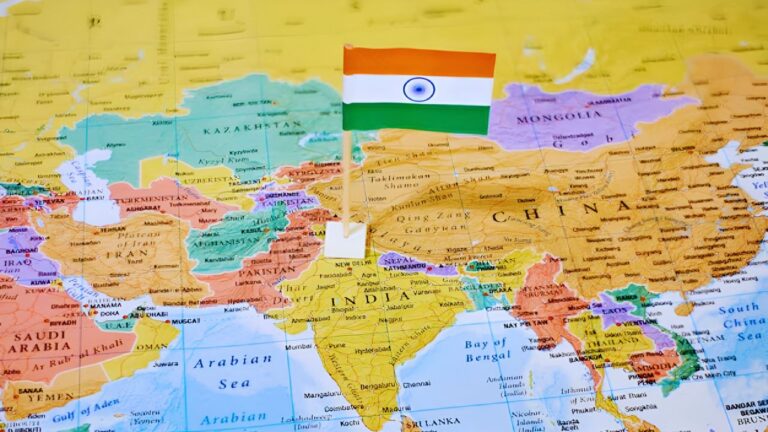
Cauvery River Dispute: Tracing History, Seeking Solutions, and Ensuring Sustainability
The Cauvery river dispute is one of India’s oldest and most complex inter-state water disputes, involving Tamil Nadu, Karnataka, Kerala, and the Union Territory of Pondicherry. The dispute traces back to agreements made during the British colonial era and has escalated in the post-independence era due to conflicting claims over the river’s water resources. This article delves into the historical context of the dispute, the efforts made to resolve it, recent developments, and potential ways forward for sustainable water management.
Table of Contents
Historical Background
The roots of the Cauvery river dispute can be traced back to the 19th century when agreements were signed between the Madras Presidency and the Princely state of Mysore for arbitration. The 1924 agreement, signed under British colonial rule, allocated water rights between the Madras Presidency (now Tamil Nadu) and Mysore (now Karnataka). However, objections from Madras led to the construction of the Mettur dam.
Post-Independence Efforts
The dispute gained momentum after India’s independence when Karnataka claimed that the 1924 agreement entitled it to discontinue water supply to Tamil Nadu after 50 years. Karnataka argued that since the river originates in its territory, it should have the right to decide water usage independently, causing a disagreement with Tamil Nadu’s stance to stick to the original distribution.
Cauvery Waters Tribunal
Amidst rising tensions, the Cauvery Waters Tribunal was established in 1990 under the Inter-State Water Disputes Act, 1956. After 17 years of hearings, the Tribunal issued its final order in 2007, allocating water shares among the riparian states. Tamil Nadu received 56.62%, Karnataka 36.48%, Kerala 4.05%, and Puducherry 0.94% of the total available water. Despite the Tribunal’s verdict, both Tamil Nadu and Karnataka filed review petitions.
Supreme Court Intervention and Management Scheme
In 2012, the Supreme Court directed Karnataka to release water to Tamil Nadu, leading to protests. The final verdict by the Supreme Court in 2018 declared the Cauvery a national asset and upheld most of the Tribunal’s water-sharing arrangements while reducing Karnataka’s allocation to Tamil Nadu. The court also directed the central government to notify the ‘Cauvery Water Management Scheme,’ establishing the ‘Cauvery Water Management Authority’ and the ‘Cauvery Water Regulation Committee’ for implementation.
Mekedatu Reservoir Project
The Mekedatu Reservoir Project became another point of contention, with Tamil Nadu opposing the project proposed by Karnataka. The Mekedatu project is a multipurpose venture to build a balancing reservoir in Karnataka. Its goals are to provide water and power, benefiting Bengaluru and nearby areas. However, Tamil Nadu opposes the project, fearing its impact on water flow downstream, affecting agriculture and drinking water supply. The project is still in its early stages, awaiting necessary approvals and clearances.
Main Challenges and Way Forward
The primary challenge in resolving the Cauvery river dispute lies in the lack of mutual engagement and cooperation between the states during distress years. There is also a lack of a permanent, independent mechanism to ensure equitable sharing of water. Implementation issues, such as the absence of a ‘Cauvery Management Board’ and Regulatory Authority, further complicate the matter.
To address the dispute sustainably, the states need to adopt a basin-level planning approach and focus on water conservation and efficiency measures. Afforestation, river linking, and promoting water-smart strategies are essential to recharge the river and enhance water usage efficiency.
Conclusion
The Cauvery river dispute is a complex issue with deep historical roots, but it requires a cooperative and sustainable solution. To ensure water security for the riparian states, a technical body and independent mechanism should be established for equitable water-sharing during distress years. Furthermore, non-political initiatives and inter-state collaborations, such as the ‘Cauvery Family,’ can foster dialogue and mutual understanding among farmers. Ultimately, it is vital for all stakeholders to shed their regional approach and collectively plan for the entire Cauvery basin, emphasizing long-term water management strategies. With effective measures and a commitment to cooperation, a lasting solution to the Cauvery river dispute can be achieved.





